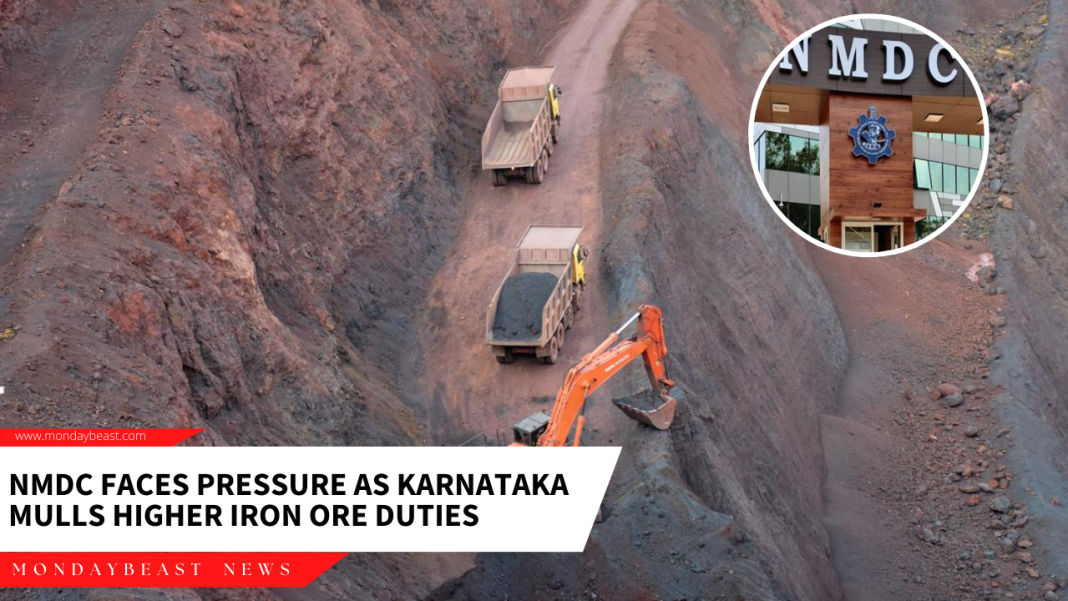Also read
- KL Rahul Under the Microscope: Can He Transform His Game?
- Rain Turns Test Match into a Nail-Biter: Can India Hold On?
Karnataka’s latest move poses big questions for investors. Are you worried about rising taxes on iron ore mining? If you own shares in NMDC, this news is bound to cause some anxiety. It’s not just about the numbers; it’s about future implications.

The Karnataka government is set to increase duty on iron ore mining. This decision could significantly impact NMDC’s operations. As an investor, can you imagine the weight of such uncertainty? With Karnataka contributing around 35% to NMDC’s total production mix, the stakes are high.
Recent reports suggest shares of NMDC fell by 6% on December 18. Experts are concerned about how these tax changes will affect the company’s profitability. Iron ore duties could amount to over ₹10,000 crore this year. Doesn’t that sound daunting?

Faced with rising expenses, what will NMDC do? Will they pass these costs onto consumers? Or will they absorb them and hope the market stabilizes? This is where personal perspectives play a vital role. We might hope for resilience in tough times, but reality often dares to challenge our optimism.
The Supreme Court’s decision to allow retrospective mining taxes since 2005 has intensified matters. Enforced taxes could reach up to ₹2 lakh crore. Imagine the implications of such a significant financial burden. It’s mind-boggling and evokes both fear and urgency.

Karnataka’s latest taxing structure is a bold move, but could it backfire? While the state cabinet has approved the tax bill, the ripple effects could reach far beyond immediate finances. How will this policy reshape the region’s mining economy in the long run? Notably, local economies rely on these operations. One must wonder: will these changes protect existing jobs or erode them?
After the stock dropped to ₹215.4, investors feel the strain of indecisiveness. Every second, traders ponder if they should pull or stay. Does the recent decline signal a trend, or is it a temporary setback influenced by political maneuvering? In this environment, uncertainty reigns supreme.
NMDC finds itself at a difficult crossroads. Will they adapt swiftly, or will this change hinder their growth? The stock’s year-to-date growth now hangs by a thread at just 2.5%. These fluctuations illustrate the volatility in the market. Isn’t it sobering to think how quickly fortunes can shift?
As stock market participants analyze the threats ahead, it will be intriguing to observe how NMDC navigates these economic waters. With heightened scrutiny, every update may lead to more questions. Will investors maintain faith in NMDC’s direction? This remains to be seen as they brace for whatever comes next.
In the face of rising duties and mounting challenges, the financial landscape appears treacherous. For those involved in iron ore mining, staying informed is essential. The stakes are considerably high. These shifts in policy affect not just companies, but also communities and economies that anchor entire regions. Are we prepared for the fallout?




